Best Times for Foundation Repairs
Foundation repairs are most effective when performed during specific times of the year, typically when environmental conditions minimize the risk of complications. The optimal periods generally include late spring and early fall, when soil moisture levels are stable and temperatures are moderate. These conditions help ensure proper curing and adhesion of repair materials, reducing the likelihood of future issues.
Spring offers moderate temperatures and soil moisture, creating ideal conditions for foundation repair work.
Fall provides cooler weather and stable soil, which can help in achieving durable repairs before winter.
Summer heat and winter cold can hinder repair processes and lead to additional complications.
Timing repairs when soil is neither too dry nor too wet helps prevent shifting and settling issues.
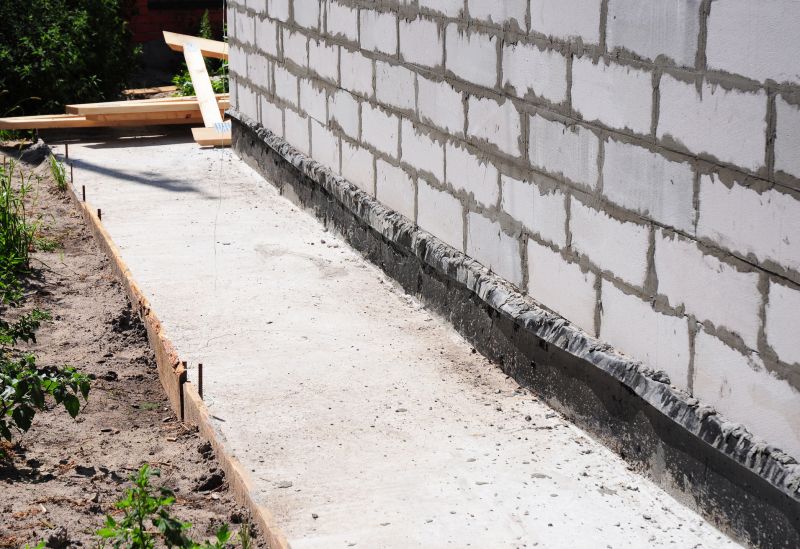
Springtime soil conditions support effective foundation stabilization.
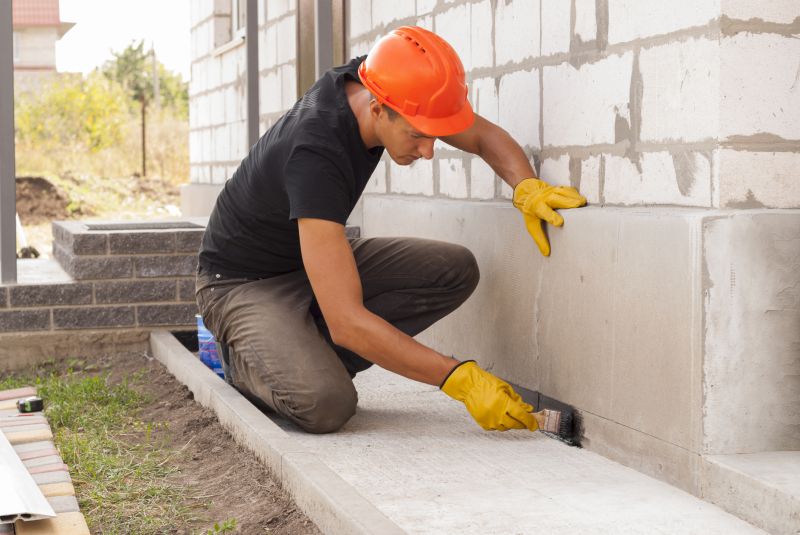
Fall weather can provide optimal conditions for durable repairs.
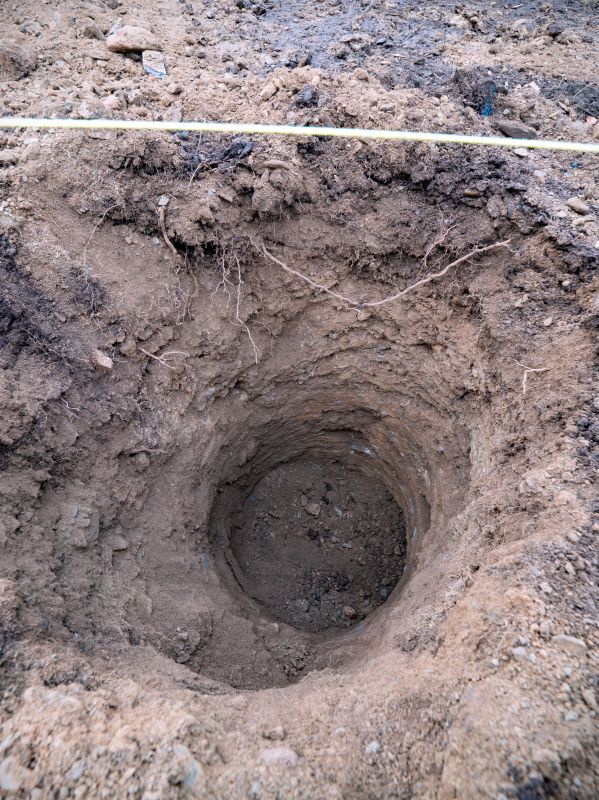
Understanding soil behavior helps determine the best repair timing.

Ways to make Foundation Repairs work in tight or awkward layouts.
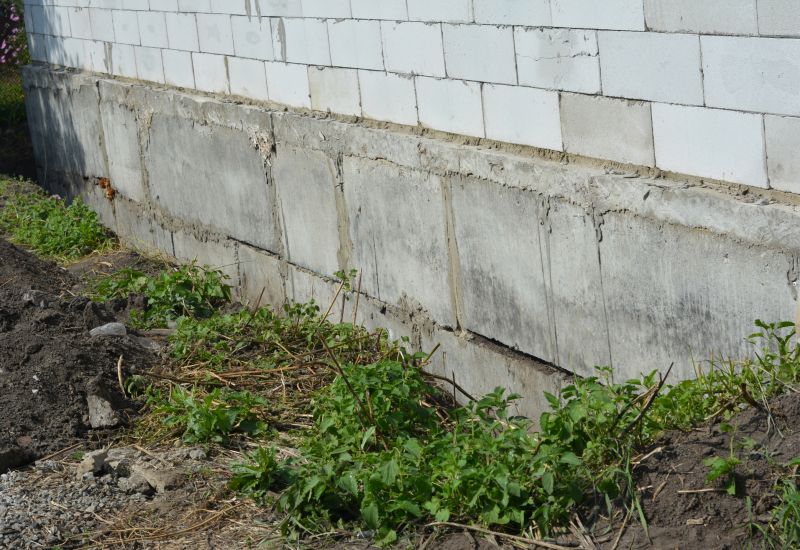
Popular materials for Foundation Repairs and why they hold up over time.
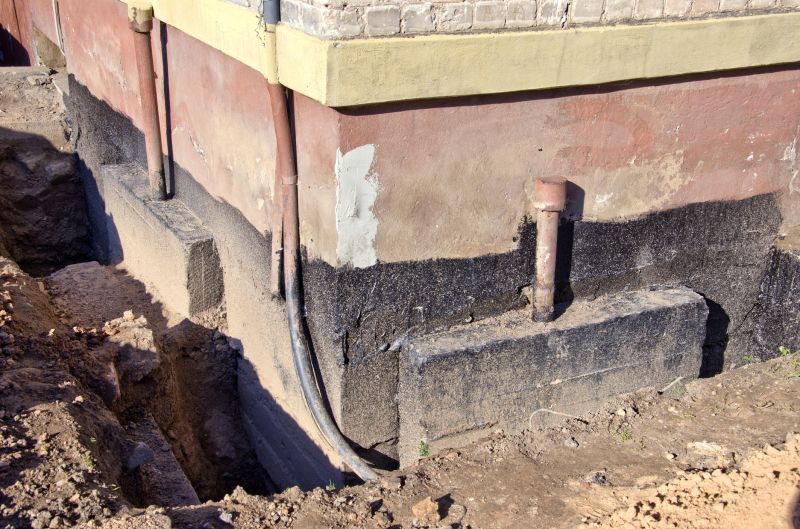
Simple add-ons that improve Foundation Repairs without blowing the budget.
| Season | Ideal Conditions |
|---|---|
| Spring | Moderate temperatures and soil moisture, optimal for repair work. |
| Summer | High temperatures and dry soil, less suitable for repairs. |
| Fall | Cooler weather and stable soil conditions. |
| Winter | Cold temperatures and frozen ground, not recommended for repairs. |
Foundation repairs are critical for maintaining the stability and safety of a structure. They address issues such as settlement, cracking, and shifting caused by soil movement, moisture fluctuations, and other environmental factors. Properly timed repairs can extend the lifespan of a foundation and prevent costly future damages. Statistics indicate that addressing foundation issues early can reduce repair costs by up to 50% and prevent structural failures that compromise safety.
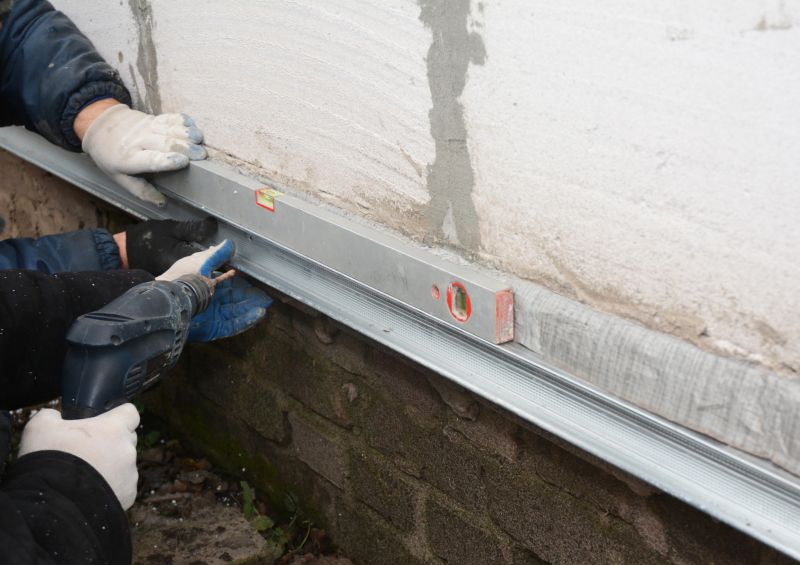
Proper timing ensures effective stabilization techniques.
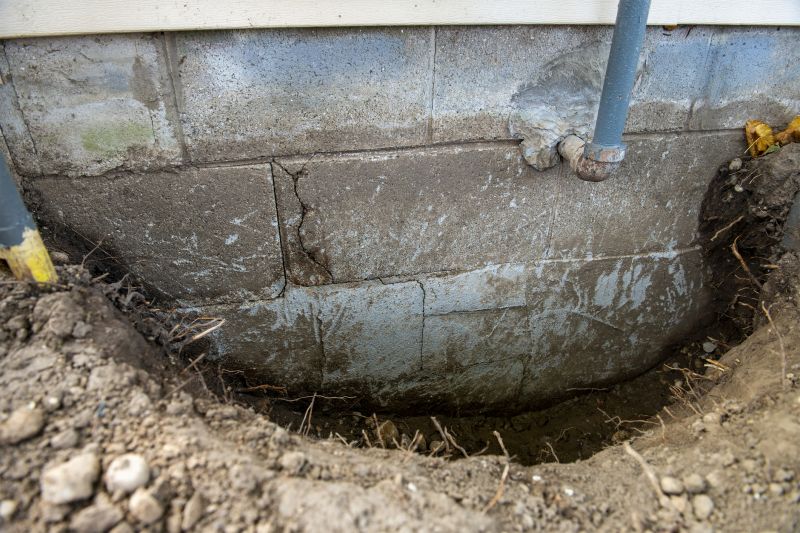
Early intervention prevents further damage.
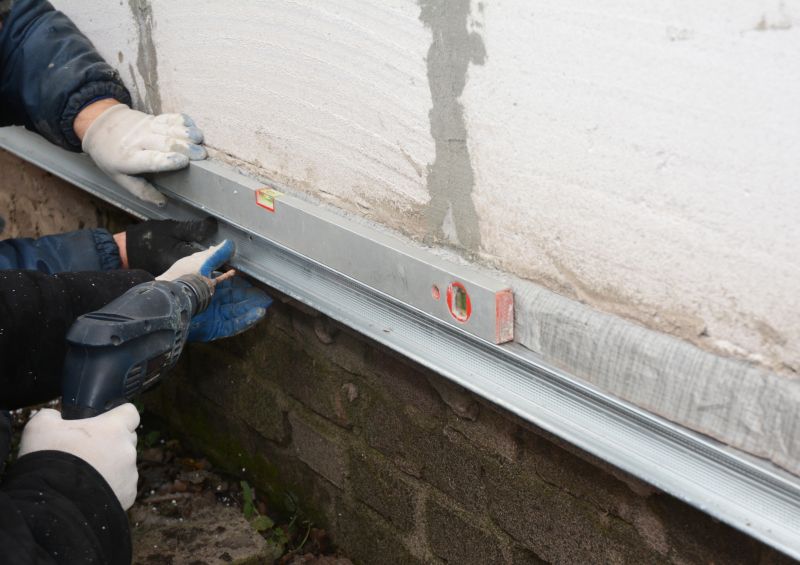
Timing repairs with soil conditions enhances durability.
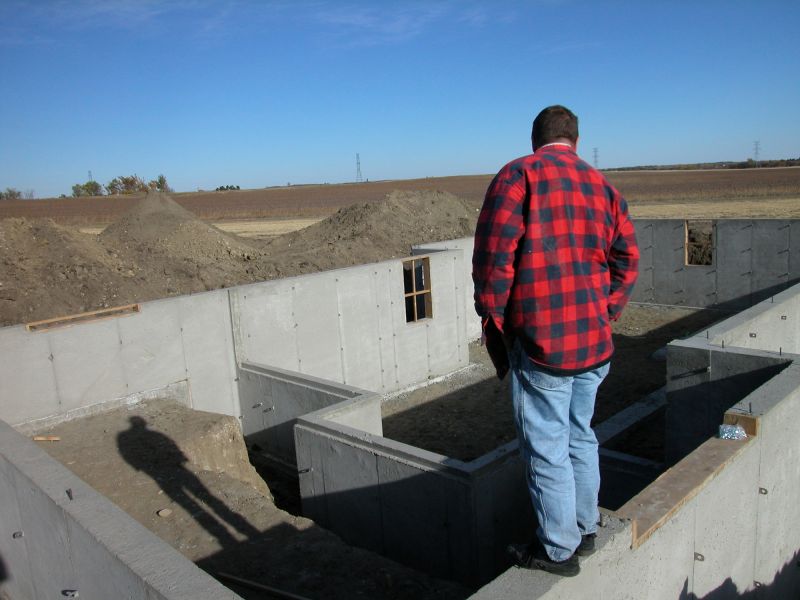
Regular inspections help identify the best repair time.
Interested property owners in Dyer, IN, are encouraged to contact for more information about scheduling foundation repairs during the most suitable seasons. Proper timing can improve repair effectiveness and longevity, ensuring the stability of the structure for years to come.

